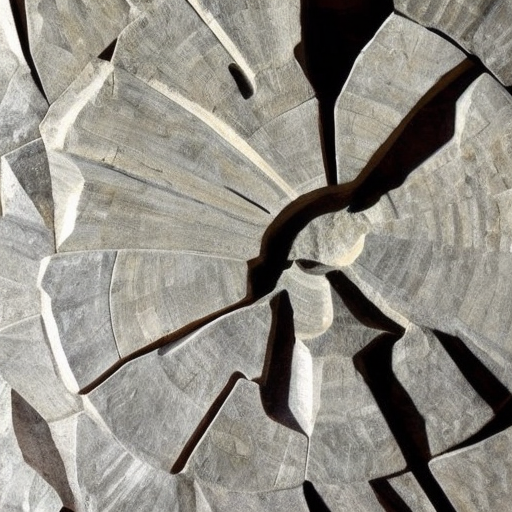Summary: Stone carving is an ancient art form that involves shaping and sculpting stone into various forms and designs. It has been practiced for thousands of years and has played a significant role in the development of human civilization. Stone carving can be found in various cultures around the world and has been used for religious, architectural, and decorative purposes. The process of stone carving involves several steps, including selecting the right type of stone, designing the sculpture, and using various tools to shape and refine the stone. Stone carvings can range from small and intricate designs to large and monumental sculptures.
Introduction
Stone carving is an art form that has been practiced for centuries. It involves the process of shaping and sculpting stone into various forms and designs. Stone carvings can be found in different cultures around the world and have been used for various purposes, including religious, architectural, and decorative.
History of Stone Carving
Stone carving has a long history that dates back to ancient times. It has been practiced by many civilizations, including the Egyptians, Greeks, Romans, and Mayans. In ancient Egypt, stone carvings were used to create statues of gods and pharaohs, as well as to decorate temples and tombs. In ancient Greece, stone carvings were used to create sculptures of gods and heroes, as well as to adorn buildings and public spaces. In ancient Rome, stone carvings were used to create statues, reliefs, and architectural elements. In the Mayan civilization, stone carvings were used to create intricate designs and hieroglyphs.
The Process of Stone Carving
The process of stone carving involves several steps. It begins with selecting the right type of stone, which can vary depending on the desired outcome and the tools available. Common types of stone used for carving include marble, granite, limestone, and sandstone. Once the stone is selected, the artist begins by designing the sculpture. This can be done through sketches or models. The next step is to remove excess stone using various tools, such as chisels, hammers, and rasps. The artist then refines the shape and texture of the sculpture by using finer tools, such as files and sandpaper. Finally, the sculpture is polished to achieve a smooth and finished look.
Types of Stone Carvings
Stone carvings can take various forms and styles. Some common types of stone carvings include statues, reliefs, architectural elements, and decorative objects. Statues are three-dimensional sculptures that depict human figures, animals, or abstract forms. Reliefs are sculptures that are partially attached to a background surface and can be found on walls, columns, and friezes. Architectural elements include carved columns, capitals, and cornices that are used to decorate buildings. Decorative objects can include carved vases, bowls, and jewelry.
Significance of Stone Carving
Stone carving has played a significant role in the development of human civilization. It has been used to create religious and spiritual objects, such as statues of gods and deities. Stone carvings have also been used to create architectural elements that adorn buildings and public spaces. In addition, stone carvings have been used for decorative purposes, adding beauty and elegance to various objects and spaces.
Conclusion
Stone carving is an ancient art form that has been practiced for thousands of years. It involves shaping and sculpting stone into various forms and designs. Stone carvings can be found in different cultures around the world and have been used for religious, architectural, and decorative purposes. The process of stone carving involves selecting the right type of stone, designing the sculpture, and using various tools to shape and refine the stone. Stone carvings can range from small and intricate designs to large and monumental sculptures. Overall, stone carving is a testament to human creativity and craftsmanship.












